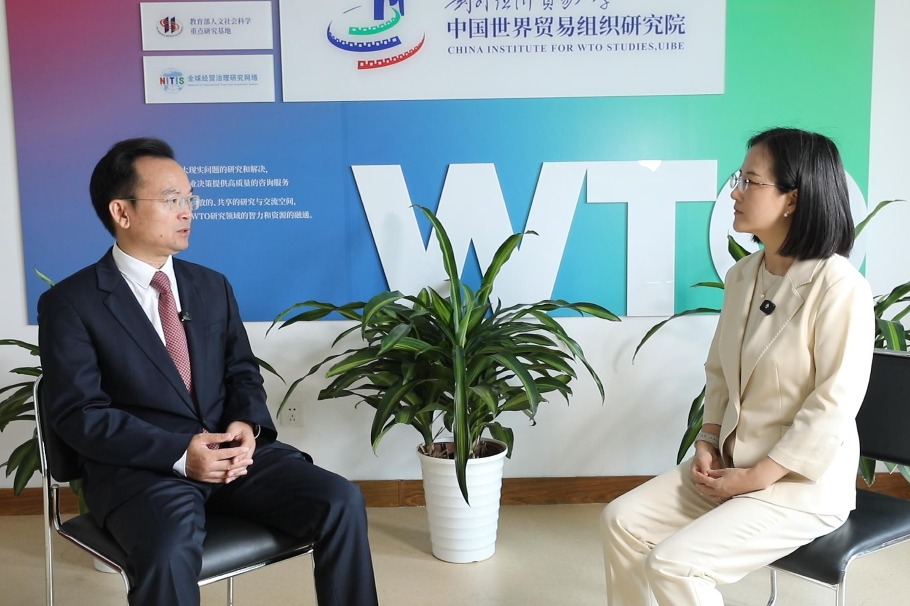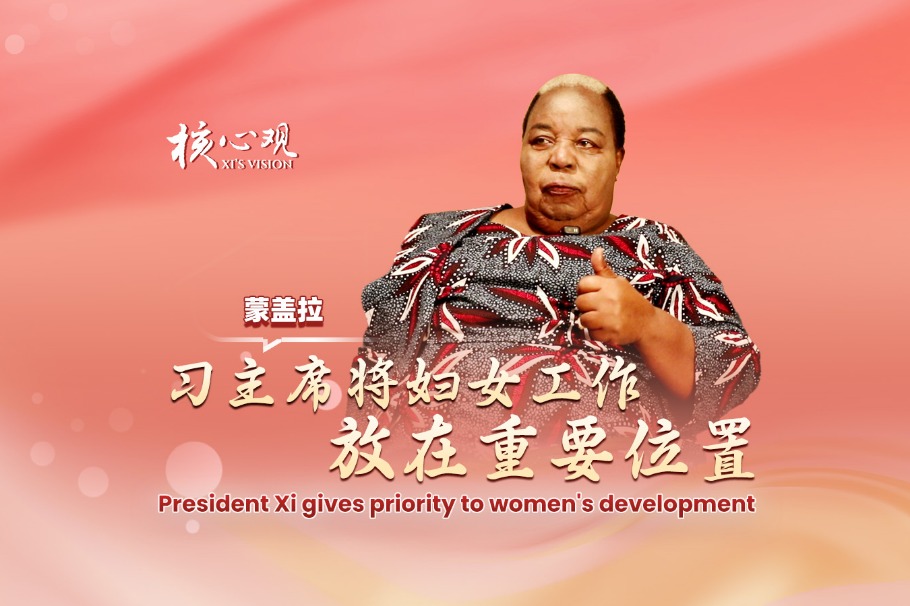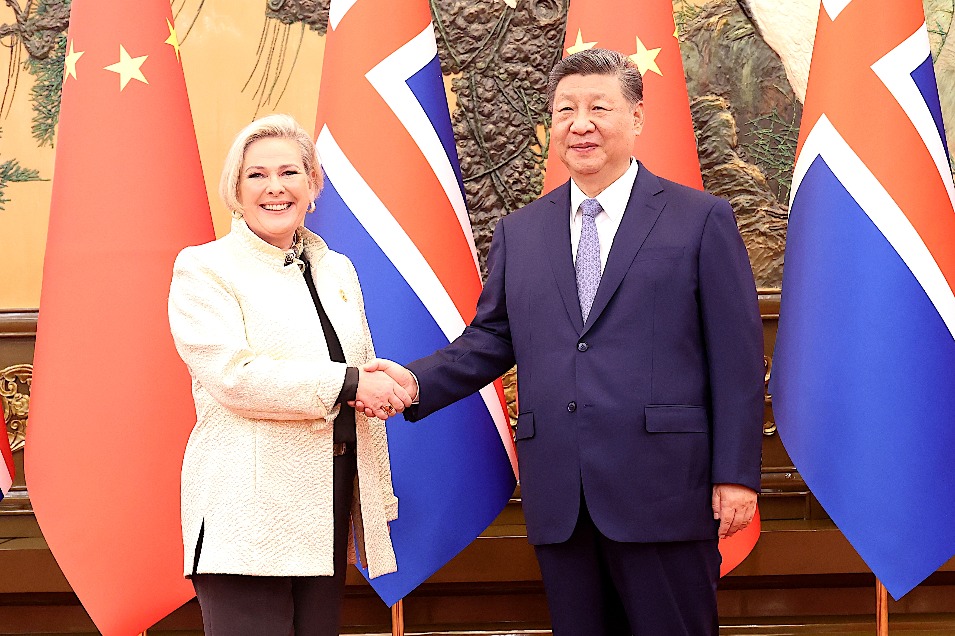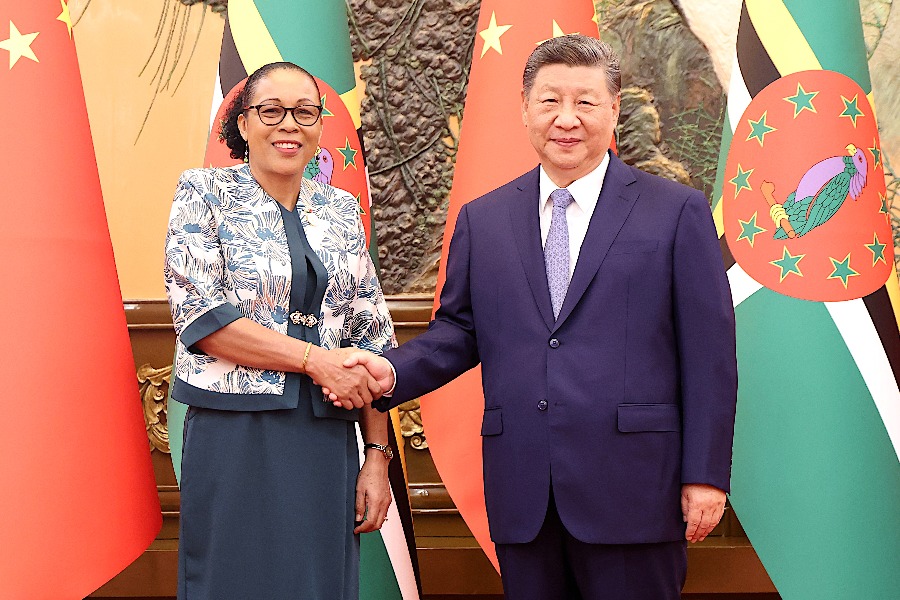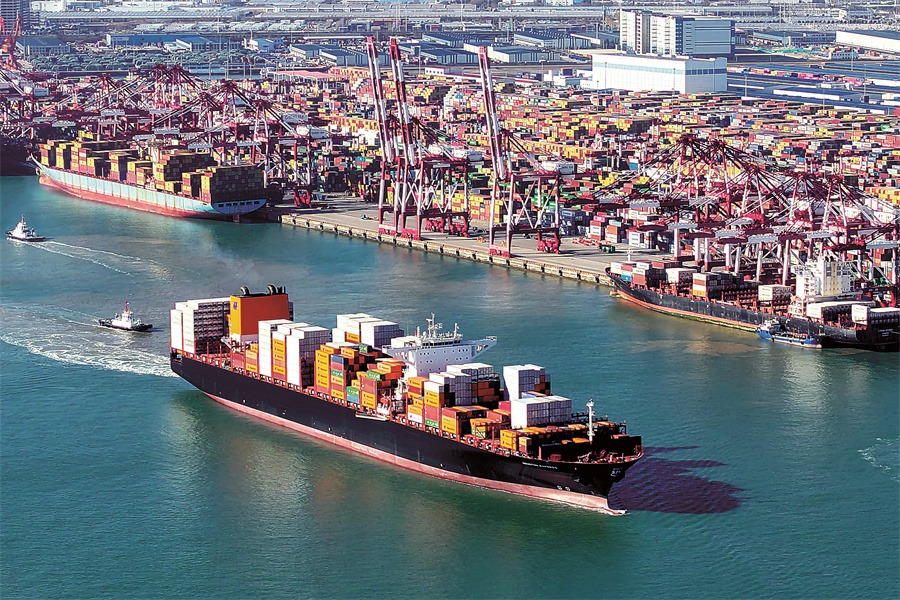Economic outlook optimistic for China


Economists believe the developed world's growth prospects will worsen this year. In fact, on Feb 7, the European Commission further cut this year's growth forecast for the European Union from 2 percent to 1.5 percent, and lowered the growth expectation for Germany from 1.8 percent to 1.1 percent.
As for the United Kingdom, uncertainty over Brexit has had a huge impact on its economic prospects. The Bank of England has cut its forecast for the UK's growth in 2019 from 1.7 percent to 1.2 percent. And on Feb 8, the Reserve Bank of Australia cut its expectation for Australia's growth rate till June 2019 from 3.25 percent to 2.5 percent.
The December spending for the United States, published on Feb 14, too, saw a 1.2 percent month-on-month drop, far lower than the 0.2 percent increase previously expected. Later, the Atlanta branch of the US Federal Reserve cut its estimate for the US' fourth-quarter growth for 2018 from 2.7 percent to 1.5 percent.
US tax cuts drain its fiscal strength
These data and the countries' macroeconomic conditions suggest the economic outlook of the developed world in the next few years will be one of low growth and low inflation. As for the US' fiscal policy, its financial institutions say that although President Donald Trump's tax cuts added $25 billion to the economy last year (and will add another $40 billion this year), the effect will wear off in 2020 with the increase falling to $15 billion. Which means employment generation and economic growth driven by tax cuts will gradually subside in the US.
As far as monetary policy is concerned, the expected interest rate hikes by the Fed in 2019 has slowed down due to the turmoil in the financial market and increasing uncertainty over the economic trend. Also, the US' balance sheet reduction, which many expect would tighten liquidity, is also likely to stop this year.
Paul R. Krugman and other US economists and some chief financial officers of US companies all expect the US to encounter a mild recession within two years. The problem is that the US administration lacks the necessary means to respond to such a development, as the Fed is said to have space for cutting interest rates by only about 250 basis points given that Trump's tax cuts have already overdrawn on the US' fiscal strength.
And since 2020 is a US presidential election year, the Democrats who control the House of Representatives are not likely to approve of the Trump administration's fiscal expansion.
The room to adjust monetary and fiscal policies in other developed countries is too small to effectively respond to a new round of global slowdown. The world's major developed countries, except the US, are yet to normalize their monetary policies and thus have little or no room for interest rate cuts in case of economic recession.
The high government deficits and national debts they accrued following the 2008 global financial crisis, which are difficult to clear within a short time, also mean limited room for fiscal expansion. Also, the high national debts are squeezing the space for private investment and corporate financing, which in turn is affecting their growth prospects.
China should optimize supply, stabilize demand
Based on these factors, the Chinese economy is likely to face a global macro environment of high debt, low inflation and low growth in the coming years. To maintain steady economic growth and employment, therefore, China should focus on optimizing supply and stabilizing domestic demand while constantly boosting economic vitality by deepening reform.
Besides, as global central banks shift to a more relaxed monetary policy, the pressure on the yuan's exchange rate will continue to alleviate, meaning China has increasing room for monetary easing.
As for domestic economic conditions, the slower increase of the producer price index and consumer price index last month mean China is facing slackening demand but a certain level of resilience is emerging in its import and export data. Noncyclical consumption, too, indicates there is no need for excessive pessimism.
At present, China's policies mainly focus on several aspects, including expanding financial support for the real economy, as reflected in the huge increase in social financing in January after several reserve requirement ratio cuts last year. The positive "stable monetary and relaxed credit policy" momentum has been maintained at the beginning of this year. And proactive fiscal support policies, especially for infrastructure projects, have also been continuously implemented.
Moreover, tax cuts, including individual income tax reform, which were fully implemented in January, and several rounds of corporate tax and fee reductions, have been intensified or are in the pipeline.
It is evident therefore that the Chinese economy is far from undergoing a precipitous fall, and the employment level is stable. Policymakers are thus expected to weigh the effects of the combining policies already introduced, and interest cuts are not needed to stabilize its economic fundamentals. And while having rational expectations for a loose monetary policy, the market should focus more on the transmission efficiency of the adopted monetary policies.
The author is an associate professor at Guanghua School of Management, Peking University. The views don't necessarily represent those of China Daily.


















